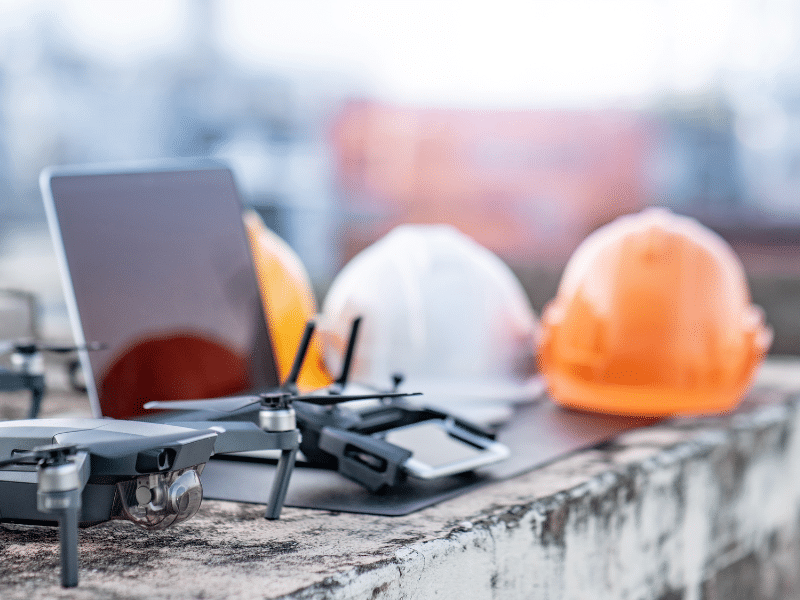BVLOS refers to a type of drone operation where the drone is flown beyond the pilot’s line of sight. This means that the pilot cannot see the drone with their naked eye, and must rely on other means such as sensors and cameras to monitor the drone’s position and progress.
The concept of BVLOS is not new, and it has been around for many years. However, the advancements in drone technology and regulations have made it more feasible and accessible in recent years. The development of reliable and affordable drones with improved battery life, better communication systems, and more sophisticated sensors has made BVLOS operations more practical.
BVLOS flights are now often used for long-range or large-scale operations, such as aerial surveys, mapping, or search and rescue missions.
BVLOS operations have considerable advantages over traditional ‘line of sight’ operations. For example, they can significantly reduce the time and cost of inspections and surveys for various industries, including agriculture, mining, and infrastructure management.
BVLOS flights are subject to more regulations and safety measures than standard drone flights due to the increased risk and complexity involved.



